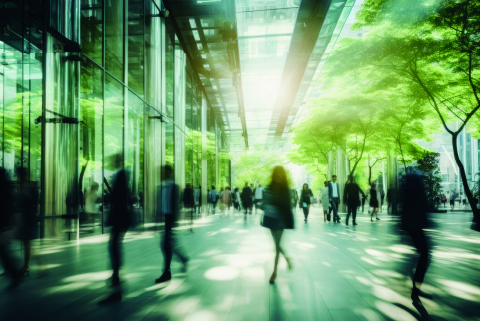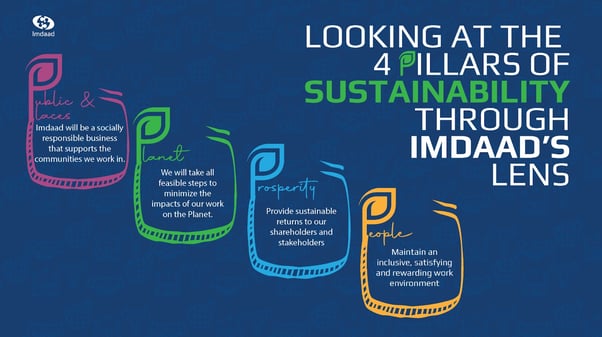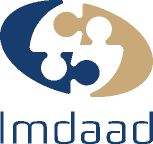 Imdaad is a leading facilities management company in Dubai that is committed to sustainability. It has strengthened this commitment by launching the Istimidah Framework: A clear structure to inform and influence every element of Imdaad’s business so that it never loses focus on sustainability.
Imdaad is a leading facilities management company in Dubai that is committed to sustainability. It has strengthened this commitment by launching the Istimidah Framework: A clear structure to inform and influence every element of Imdaad’s business so that it never loses focus on sustainability.
Overview
The Istidamah Framework is a structure that applies across the Imdaad Group to boost sustainability in two key ways. First, having and promoting the structure serves as a constant reminder that everyone in the business must contribute to the commitment for it to be effective.
Second, the structure strikes a difficult balance. It’s clear and specific enough for people to understand the goals. At the same time, it’s broad enough for staff to adapt and implement it most appropriately and effectively for their specific role and tasks.
The Four Pillars
 The Istidamah Framework is built around four pillars that show sustainability takes many forms, each bringing a range of actions and benefits.
The Istidamah Framework is built around four pillars that show sustainability takes many forms, each bringing a range of actions and benefits.
The Public & Places pillar is all about local sustainability by supporting the communities where Imdaad operates. This includes giving one percent of profits to the community through both volunteering and direct donations. It also includes working to improve Imdaad’s score in the In-Country Value program, which measures spending on local manufacturers, retailers, and service providers.
The Planet pillar is all about environmental effects, for example, carbon emissions, use of natural resources, and recycling.
The Prosperity pillar is all about making the business sustainable for shareholders. This includes doing business professionally, complying with laws and regulations, using reliable supply chains, and increasing margins in a way that can hold for the long term.
The People pillar is all about staff: attracting the best talent and treating them well. This includes worker welfare, equal opportunities, and career advancement. Without an engaged workforce, no business is sustainable in the long run.
This framework influences not just what Imdaad does, but the way it does it. For example, sustainability is the core business goal of the Farz materials recovery facility. It not only reduces landfill but also the reduces need to use extra natural resources.
Other activities of the Imdaad group might not relate to sustainability explicitly, but the company still makes sustainable choices. For example, its pest control services use eco-friendly methods. Its cleaning services prefer eco-friendly products where possible. And its fleet of delivery and maintenance vehicles uses biodiesel to reduce environmental impact.
Broader Impact and Future Goals
The Istidamah framework isn’t just about Imdaad’s operations: it helps the company play its role in the UAE’s wider program of sustainability targets. These include the Green Agenda, which calls for the country to increase GDP and exports by 2040 while dramatically reducing emissions. They also include a set of 17 sustainable development goals, covering everything from affordable clean energy to responsible consumption and production.
Conclusion
The Istidamah Framework is not about adding a “green department” to Imdaad’s business but rather making sure sustainability, in all its forms, is a core part of every business decision.
The framework underpins Imdaad’s aim to set examples and contribute to the nation’s sustainability goals in three key ways:
- By providing services that have direct environmental benefits or reduce harm that would otherwise have been done.
- By building sustainability into every element of its business, thus setting an example for other organizations.
- By flourishing as a business, proving that sustainability and profitability can go hand in hand.

